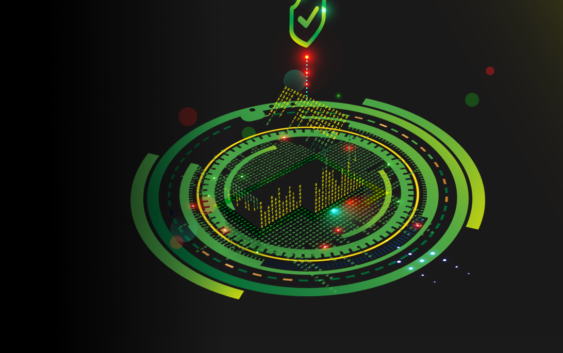Best Practices For Secure Data Protection With IAM

Data breaches exact severe tolls on victimized institutions, tarnishing hard-won reputations, draining coffers, and sparking litigation cascades. Identity and Access Management software assumes paramount importance in safeguarding sacred digital troves, mediating access requests, and containing fallout damages. Embodying best practices translates theoretical ideals into operational realities, bolstering cyberdefense postures, and neutralizing lurking adversaries.
Implement role-based access control (RBAC):
Role-based access control is a fundamental principle of IAM. Assigning access permissions based on roles streamlines access management and minimizes the risk of unauthorized data exposure. Define clear roles and responsibilities within your organization, and allocate access rights accordingly. Regularly review and update roles to align with organizational changes.
Enforce multi-factor authentication (MFA):
Multi-factor authentication adds an extra layer of security by requiring users to verify their identity through multiple authentication factors. Implement MFA across all access points, including applications, networks, and systems, to prevent unauthorized access, even if credentials are compromised. Utilize various authentication methods such as SMS, biometrics, or hardware tokens for enhanced security.
Centralize identity management:
Centralizing identity management streamlines administration and enhances security. Implement a centralized IAM system to manage user identities, access privileges, and authentication mechanisms from a single platform. This facilitates better visibility and control over user access across the organization, reducing the risk of identity sprawl and unauthorized access.
Enforce least privilege principle:
Adhering to the principle of least privilege ensures that users are granted only the minimum level of access necessary to perform their job functions. Restrict access permissions to data and resources based on user roles and responsibilities. Regularly review access privileges and revoke unnecessary permissions to minimize the impact of insider threats and unauthorized access.
Monitor and audit access activities:
Continuous monitoring and auditing of access activities are critical for detecting and mitigating security threats promptly. Implement robust logging mechanisms to record user access events, privilege changes, and authentication activities. Utilize Security Information and Event Management (SIEM) tools to analyze logs, detect anomalies, and respond to security incidents effectively.
Regularly review and update policies:
IAM policies should evolve to address emerging security threats and regulatory requirements. Conduct regular reviews of IAM policies, procedures, and configurations to ensure they remain effective and compliant. Stay abreast of industry best practices, security standards, and regulatory guidelines to make informed decisions regarding IAM implementations.